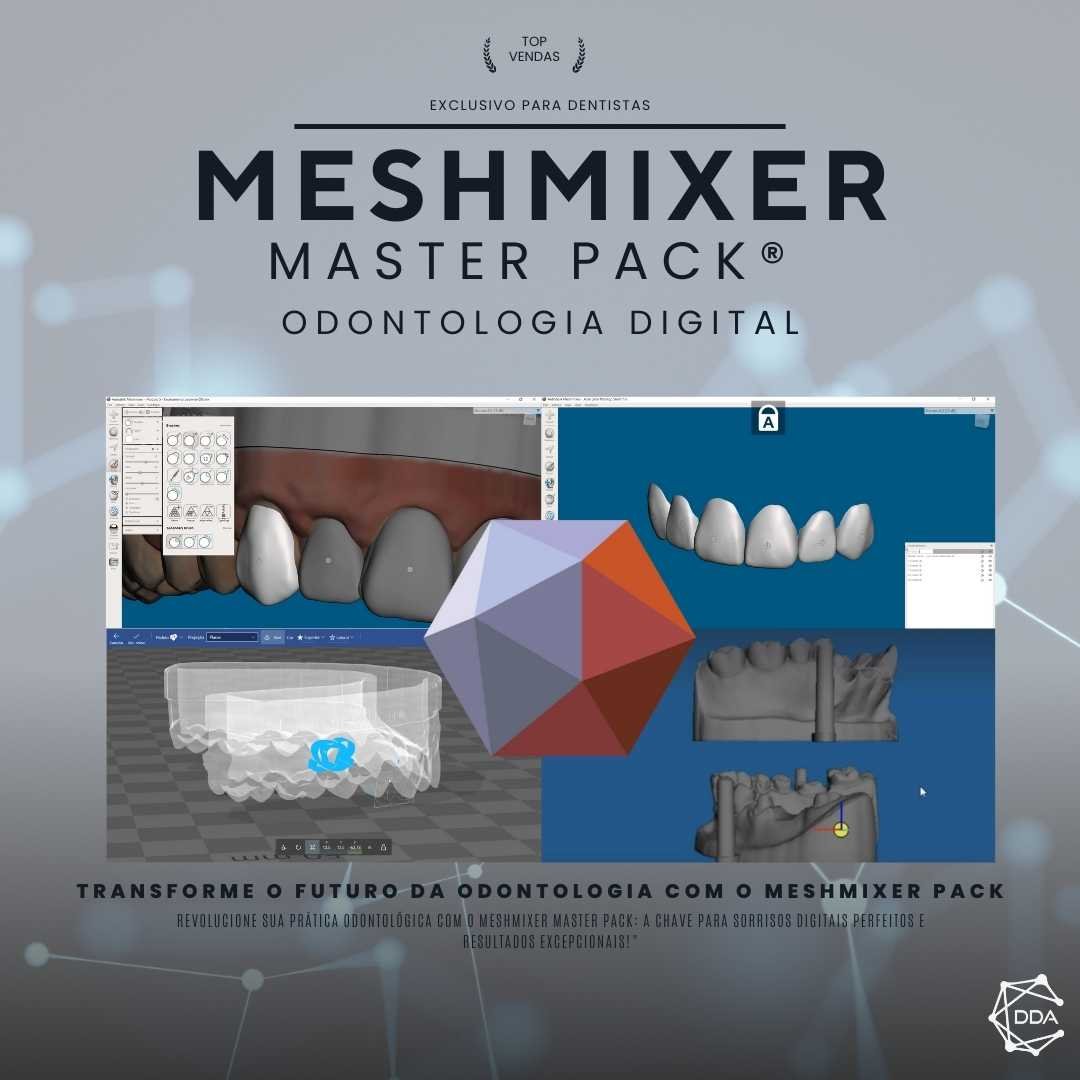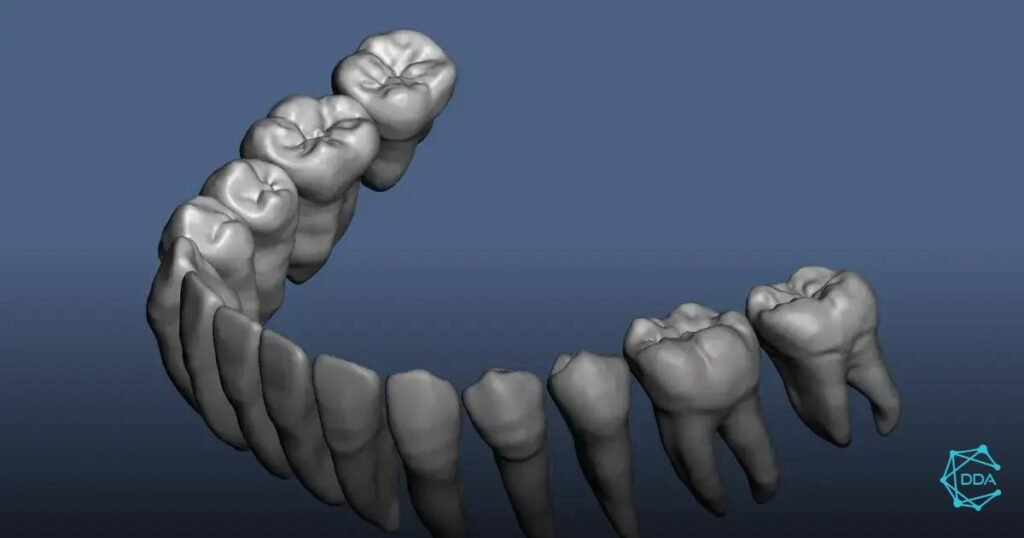A digital transformation in dental clinics Digital transformation is an essential process for modernizing management and patient care. With technological advancements, it's possible to streamline operations, improve communication, and provide a more satisfying patient experience. In this article, we'll explore the key steps to implementing digital transformation in your clinic and the benefits it can bring to your business.
What is Digital Transformation?


A digital transformation refers to the integration of digital technology into all areas of a business, fundamentally changing the way operations are conducted and how value is delivered to customers. In the context of dental clinics, this means adopting digital tools and processes that improve both internal management and the patient experience.
This transformation goes beyond simply digitizing documents; it involves restructuring processes, adopting new technologies, and changing organizational culture. For example, clinics that implement electronic medical record management systems offer faster and more secure care, allowing healthcare professionals to focus on what really matters: patient care.
Furthermore, digital transformation enables better data collection and analysis, enabling more informed decisions and more effective marketing strategies. With the use of tools like online scheduling and teledentistry, clinics can serve their patients in a more flexible and convenient way.
Therefore, digital transformation is a crucial element for the evolution of dental clinics, enabling not only the optimization of processes but also the creation of a more satisfying and personalized experience for patients.
Benefits of Digital Transformation in Clinics
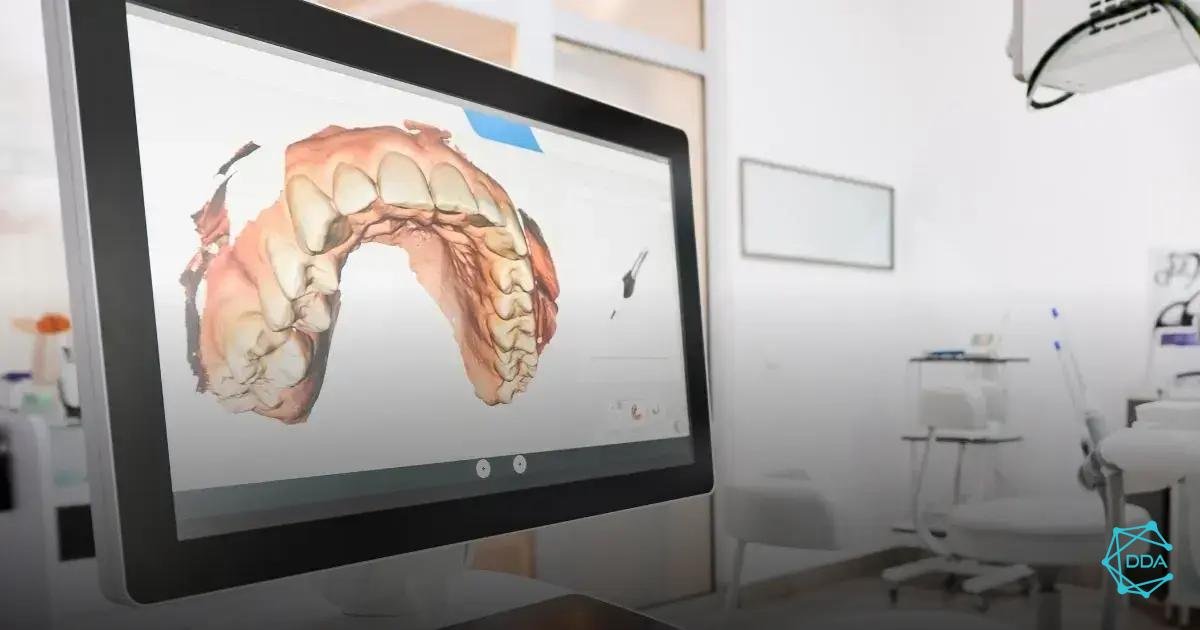

A digital transformation in dental clinics brings a series of benefits that can revolutionize the way services are delivered and managed. One of the main benefits is operational efficiencyBy automating processes such as appointment scheduling and medical record management, clinics can reduce the time spent on administrative tasks, allowing staff to focus more on patient care.
Another important benefit is the improving patient experience. Implementing digital tools, such as patient portals and scheduling apps, provides greater convenience and accessibility. Patients can schedule appointments, access their records, and receive reminders more easily, increasing satisfaction and loyalty.
Furthermore, the data analysis becomes more effective with digital transformation. Clinics that use integrated management systems can collect and analyze information more accurately, enabling a better understanding of patient needs and personalized treatments.
Another relevant aspect is the competitiveness in the marketClinics that adopt digital technologies stand out from the competition, attracting more patients and increasing visibility. Online presence, through websites and social media, is also strengthened with digital marketing strategies.
Finally, the teleodontology, one of the innovations brought about by digital transformation, allows dentists to offer remote consultations, providing flexibility and expanding the reach of services. This is especially important during the pandemic, when social distancing is necessary.
In summary, the benefits of digital transformation in dental clinics include operational efficiency, improved patient experience, enhanced data analysis, market competitiveness, and the possibility of offering teledentistry.
How to Implement Digital Transformation
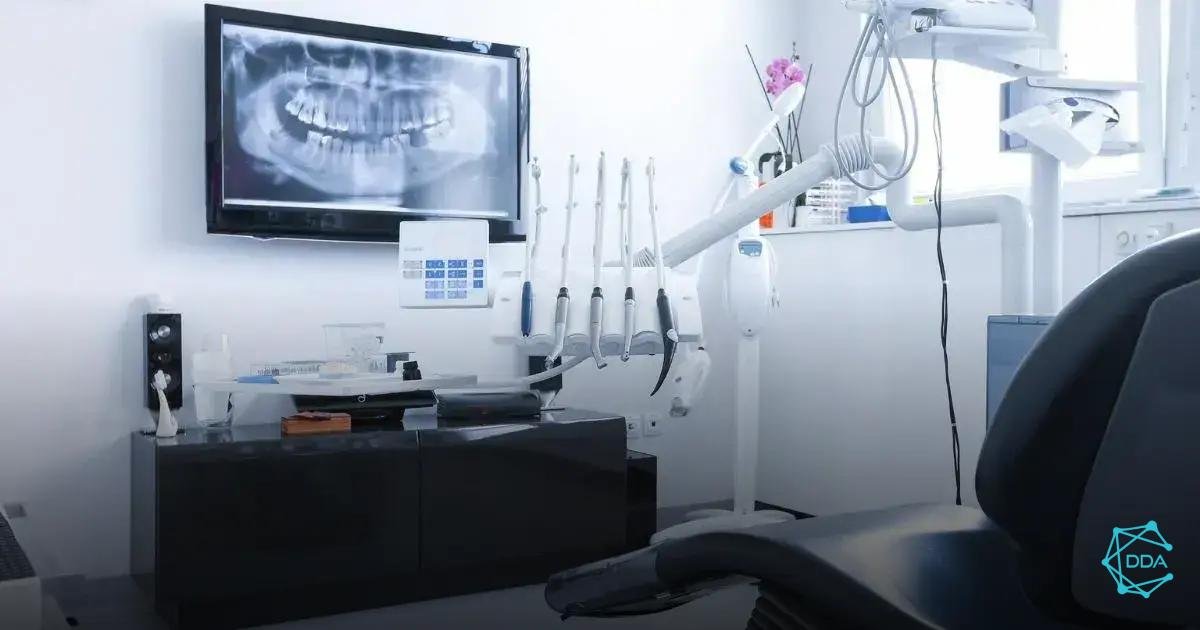

Implement the digital transformation Moving to a dental practice requires careful planning and a strategic approach. Here are some essential steps to ensure a successful transition:
1. Needs Assessment: The first step is to assess the clinic's specific needs. Identify which processes can be optimized and which technologies can add value to care and management.
2. Defining Objectives: Establish clear, measurable goals for digital transformation. This could include improving efficiency, increasing patient satisfaction, or expanding services.
3. Choice of Tools and Technologies: Research and select the most appropriate digital tools for your practice. This may include management software, online scheduling systems, teledentistry platforms, and digital marketing solutions.
4. Team Training: Team training is crucial to the success of digital transformation. Provide training and workshops to ensure everyone is comfortable and proficient in using new technologies.
5. Gradual Implementation: Consider a gradual implementation of new tools. This allows the team to adapt to the changes and make adjustments as needed. Start with one or two processes and then expand to other areas.
6. Monitoring and Evaluation: After implementation, monitor the performance and acceptance of new technologies. Collect feedback from staff and patients to identify areas for improvement and adjust strategies as needed.
7. Culture of Innovation: Foster a culture of innovation within the clinic. Encourage the team to suggest new ideas and improvements, remaining open to the changes and adaptations that digital transformation can bring.
Following these steps can make it easier to implementation of digital transformation in dental clinics, ensuring that the transition is beneficial for both staff and patients.
Essential Tools for Digitalization


For a digital transformation effective in dental clinics, choosing the right tools is crucial. Here are some essential tools that can help in the digitalization of processes:
1. Practice Management Software: Integrated management systems facilitate scheduling, electronic medical records, billing, and financial reporting. These software programs aid in administrative organization and efficiency.
2. Online Scheduling Tools: Platforms that allow patients to schedule appointments online offer convenience and reduce the number of no-shows. Additionally, many systems send automatic reminders to patients.
3. Teledentistry: With the increased demand for remote consultations, teledentistry tools allow dentists to perform virtual consultations, offering flexibility and expanding the reach of services.
4. Internal Communication Systems: Communication tools, such as chats and project management platforms, improve team collaboration, facilitating the exchange of information and coordination of activities.
5. Digital Marketing: Using digital marketing tools like social media, email marketing, and SEO helps increase your clinic's visibility and attract new patients. Social media management platforms also make it easier to schedule and analyze posts.
6. Data Analysis Software: Tools that allow you to collect and analyze data on clinic performance and patient satisfaction help identify opportunities for improvement and make informed decisions.
7. Data Security: With digitalization, information security is crucial. Invest in cybersecurity tools, such as antivirus software, firewalls, and backup systems, to protect sensitive patient data.
These tools are fundamental for the digitalization effective management of dental clinics, providing more efficient management and a better experience for patients.
Challenges and Solutions in Digital Transformation
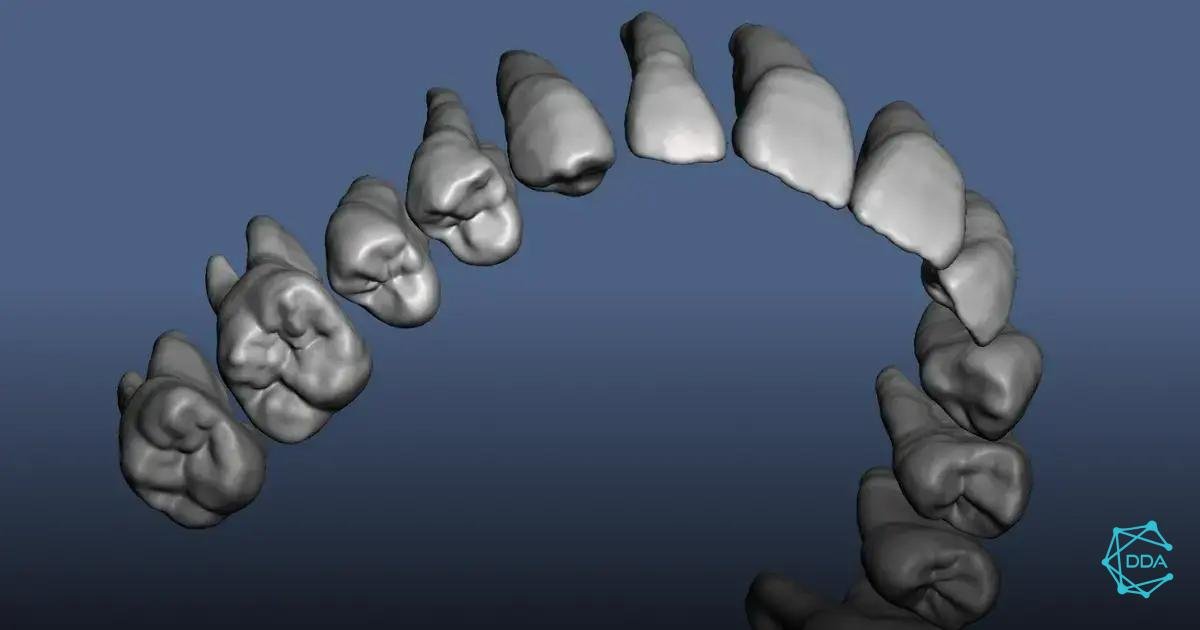

A digital transformation in dental clinics, while full of benefits, also presents challenges that need to be addressed. Below are some of the main challenges and their possible solutions:
1. Resistance to Change: Team resistance to adopting new technologies is one of the main obstacles. To overcome this, it's important to invest in training and awareness, demonstrating the benefits of new tools and how they can make daily work easier.
2. Implementation Costs: Digitalization can require significant investments in technology and training. To overcome this, clinics can take a gradual approach, implementing tools in stages and prioritizing those that offer the highest return on investment.
3. Data Security: Digitization increases the risk of data breaches and cyberattacks. To ensure the security of patient data, it's essential to implement protective measures such as encryption, regular backups, and staff training in security practices.
4. Systems Integration: Integrating different tools and systems can be complex. Choosing software that offers APIs and integration support can facilitate connections between the platforms used in the clinic, ensuring a more efficient workflow.
5. Technology Maintenance: After implementation, maintaining and updating technologies is essential to ensure their continued operation. It's recommended to partner with technology providers that offer technical support and regular updates.
6. Results Assessment: Measuring the success of digital transformation can be challenging. Defining clear key performance indicators (KPIs) from the outset helps monitor the progress and effectiveness of the new tools implemented.
By recognizing these challenges and implementing effective solutions, dental practices can navigate the digital transformation with more confidence, maximizing benefits and improving the experience for both staff and patients.


